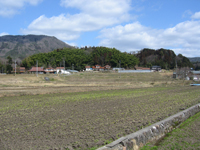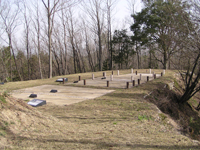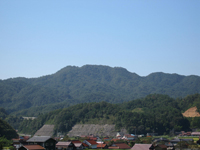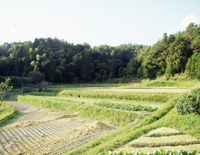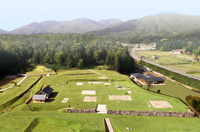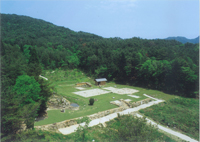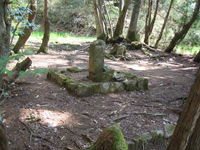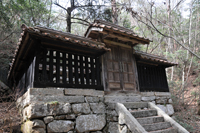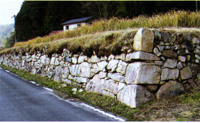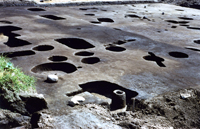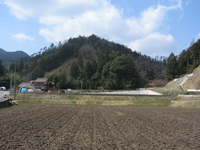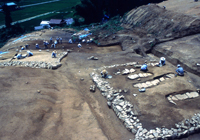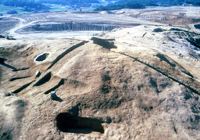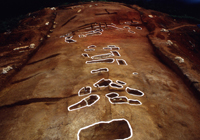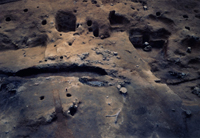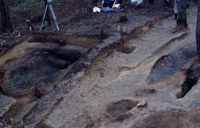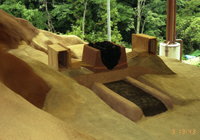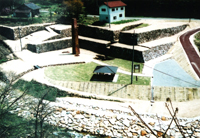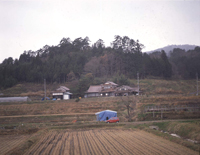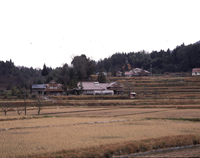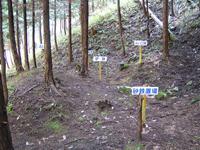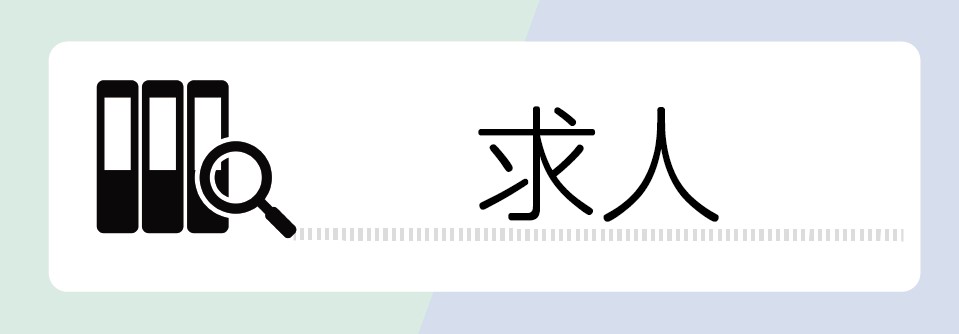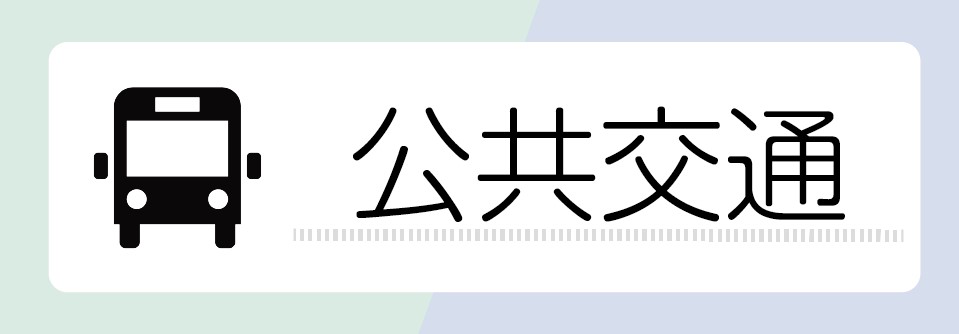Historical Site
Kikkawa Clan’s Castle & Fortification Site Surugamaru-jou (Castle Site)
Designated August 28, 1986. Additionally designated September 2, 1997.
Always open to the public.
Kikkawa Clan’s Castle & Fortification Site Ogurayama-jou (Castle Site)
Designated August 28, 1986. Additionally designated September 2, 1997.
Always open to the public
Kikkawa Clan’s Castle & Fortification Site Hinoyama-jou (Castle Site)
Designated August 28, 1986. Additionally designated September 2, 1997.
Always open to the public
Kikkawa Clan’s Castle & Fortification Site (Saizenji Temple Site)
Designated August 28, 1986. Additionally designated September 2, 1997.
Always open to the public.
Kikkawa Clan’s Castle & Fortification Site (Kikkawa Motoharu Residence Site)
Designated August 28, 1986. Additionally designated September 2, 1997.
Always open to the public.
Kikkawa Clan’s Castle & Fortification Site (Mantokuin Temple Site)
Designated August 28, 1986. Additionally designated September 2, 1997.
Always open to the public.
Kikkawa Clan’s Castle & Fortification Site (Tosenji Temple Site)
Additionally designated September 2, 1997.
Always open to the public.
Kikkawa Clan’s Castle & Fortification Site (Josenji Temple Site)
Additionally designated September 2, 1997.
Always open to the public.
Kikkawa Clan’s Castle & Fortification Site (Matsumoto Residence Site)
Additionally designated September 2, 1997.
Always open to the public.
Yokoro Site
Designated October 14, 1982.
Always open to the public. (Ruins site backfilled.)
Terabara, Yotani-jou and Sarubami-jou (Castle Site)
Designated March 26, 1943.
Always open to the public.
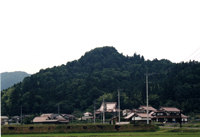
click here to enlarge
Terabara-jou (Castle Site)
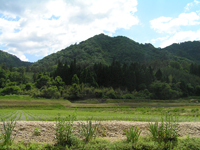
click here to enlarge
Yotani-jou (Castle Site)
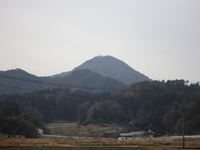
click here to enlarge
Sarubami-jou (Castle Site)
Imada-jou (Clan’s Castle Site) & Fortification Site
Designated November 20, 1989.
Always open to the public.
Sainokami tomb
Designated April 22, 1991.
Always open to the public. (Ruins site backfilled.)
Nakaide Shobudao tomb
Designated April 22, 1991.
Always open to the public. (Ruins site backfilled.)
Mibunishitani Site
Designated February 28, 1994.
Always open to the public. (Ruins site backfilled.)
Medieval ironworks Site (Makigahara ironworks Site)
Designated September 25, 1997.
Always open to the public. (Ruins site backfilled.)
Medieval ironworks Site (Yaguri ironworks Site)
Designated September 25, 1997.
Always open to the public. (Ruins site backfilled.)
Medieval ironworks Site (Konzoku ironworks Site)
Designated September 25, 1997.
Always open to the public. Ruins in “Tetsu no Furusato Koen (Iron Historical Park)” near the Michi-no-Eki (roadside station) “Donguri Mura.” Guide marker.
Chugoku Ironworks (former Yamagata Ironworks) Ogure Factory Site
Designated January 17, 2005.
Always open to the public.
Nodayama-jou (Castle Site)
Designated April 30, 1992.
Always open to the public.
Edano-jou (Castle Site)
Designated April 30, 1992.
Always open to the public.
Komitani ironworks Site
Designated December 24, 2008.
Always open to the public.





